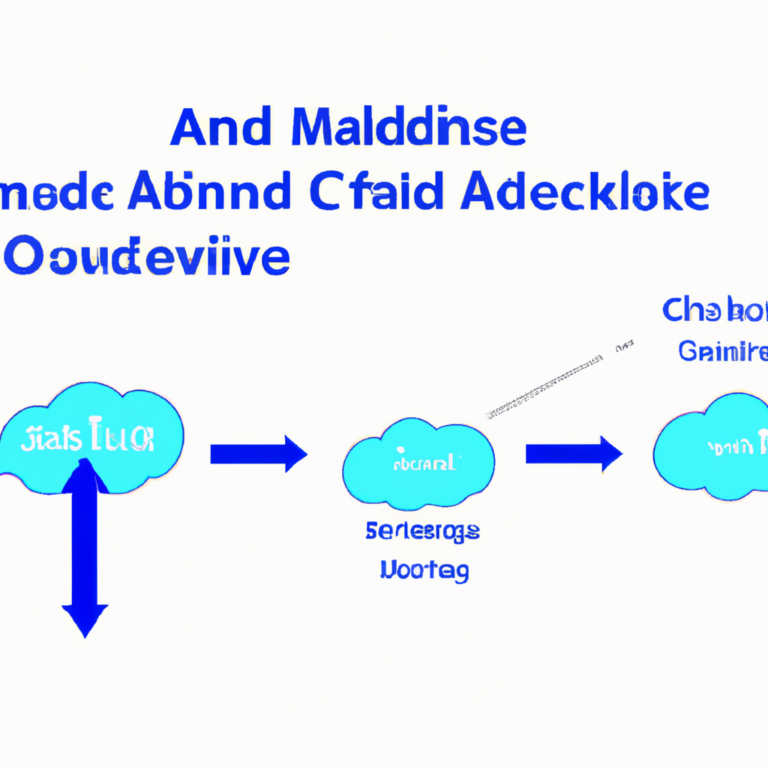Backtesting Strategies for Indicators
Backtesting is a crucial step in developing and refining trading strategies. It involves testing a strategy using historical data to see how it would have performed in the past. When it comes to backtesting strategies for indicators, there are several key steps to follow to ensure accurate results.
Choose Your Indicators
The first step in backtesting a strategy is to choose the indicators you want to test. Indicators are tools that help identify potential trends or patterns in the market. Common indicators include moving averages, RSI, MACD, and Bollinger Bands. Select indicators that align with your trading style and goals.
Define Your Strategy
Next, you need to define the rules of your trading strategy. This includes determining when to enter and exit trades based on the signals provided by your chosen indicators. Be clear and specific about the conditions that must be met for a trade to be executed.
Collect Historical Data
Once you have selected your indicators and defined your strategy, you will need to collect historical data to backtest your strategy. This data should include price data, volume data, and any other relevant market information. You can use trading platforms or data providers to access this information.
Backtest Your Strategy
Now it’s time to backtest your strategy using the historical data you have collected. Most trading platforms have built-in backtesting tools that allow you to input your strategy rules and see how it would have performed over a specific time period. Pay attention to metrics such as win rate, average gain/loss, and maximum drawdown.
Analyze the Results
After backtesting your strategy, it’s important to analyze the results to determine its effectiveness. Look for patterns or trends in your trades and consider whether any adjustments need to be made to improve performance. Keep in mind that past performance is not always indicative of future results.
Optimize Your Strategy
Based on your analysis, you may decide to optimize your strategy by tweaking the indicators or adjusting the rules. This process may involve running multiple backtests with different parameters to see which combination yields the best results. Continuously refine and improve your strategy to adapt to changing market conditions.
By following these backtesting strategies for indicators, you can gain valuable insights into the performance of your trading strategy and make informed decisions about its future implementation. Remember that backtesting is an ongoing process that requires patience and diligence to achieve consistent results.









